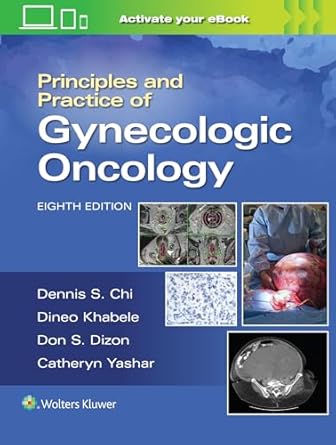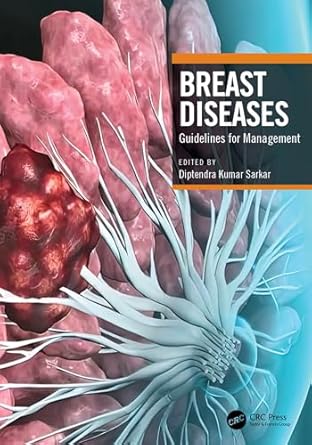Tab Article
Malignancies involving structures of the head and neck frequently impact the most fundamental aspects of human existence, namely, those functions related to voice and speech production, eating, and swallowing. Abnormalities in voice production, and in some instances its complete loss, are common following treatment for laryngeal (voice box) cancer. Similarly, speech, eating and swallowing may be dramatically disrupted in those where oral structures (e.g., the tongue, jaw, hard palate, pharynx, etc.) are surgically ablated to eliminate cancer. Consequently, the range and degree of deficits that may be experienced secondary to the treatment of head and neck cancer (HNCa) are often substantial. This need is further reinforced by the Centers for Disease Control and Prevention who have estimated that the number of individuals who will be newly diagnosed with HNCa will now double every 10 years. This estimate becomes even more critical given that an increasing number of those who are newly diagnosed will be younger and will experience the possibility of long-term survival post-treatment.
The primary audience for this textbook is undergraduate and graduate-level students in Speech-Language Pathology, as well as practitioners, especially hospital-based practitioners, in Speech-Language Pathology; other key audiences include junior and senior-level otolaryngology residents and fellows, translational researchers in head and neck cancer, related medical specialists (e.g., radiation oncology), oncology nurses, and potentially other rehabilitation professionals such as occupational therapists, counseling psychologists, social workers, and rehabilitation counselors.














Guest User
Verified PurchaseThe mobile app is very easy to navigate and there are daily notifications of new arrivals and discounts.?